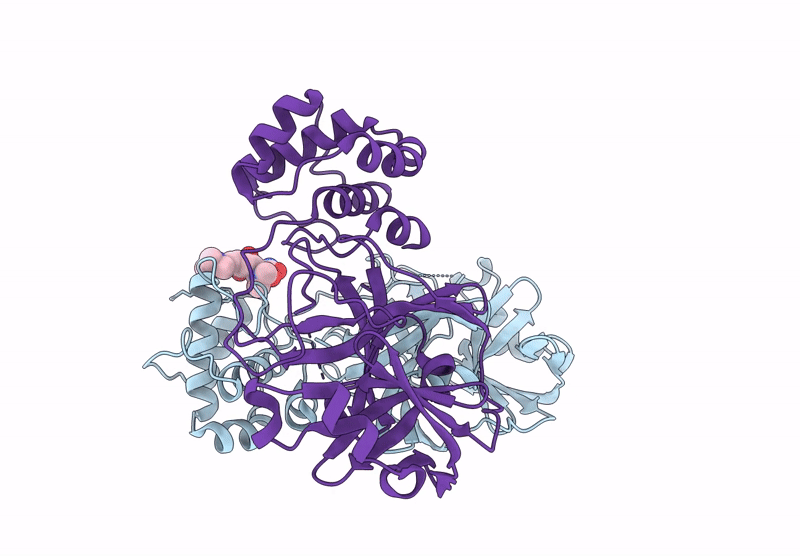
Deposition Date
2024-08-04
Release Date
2025-02-12
Last Version Date
2025-04-09
Entry Detail
PDB ID:
9J19
Keywords:
Title:
The crystal structure of COVID-19 main protease in complex with an inhibitor minocycline
Biological Source:
Source Organism:
Host Organism:
Method Details:
Experimental Method:
Resolution:
2.70 Å
R-Value Free:
0.31
R-Value Work:
0.25
R-Value Observed:
0.25
Space Group:
P 21 21 21


